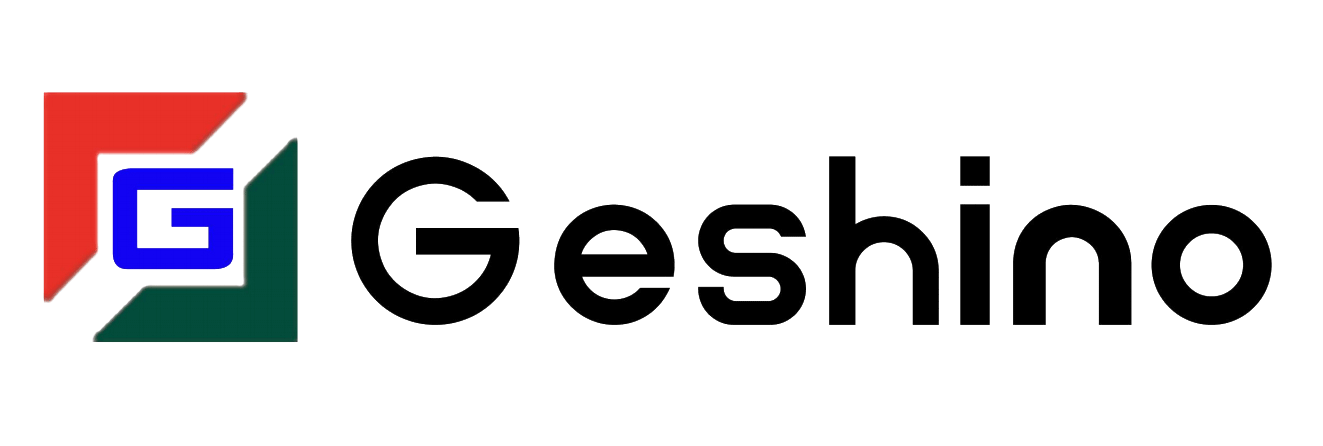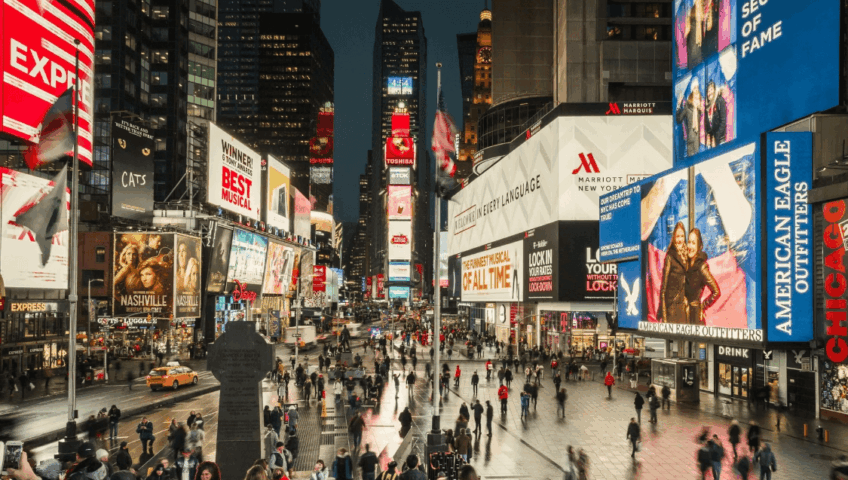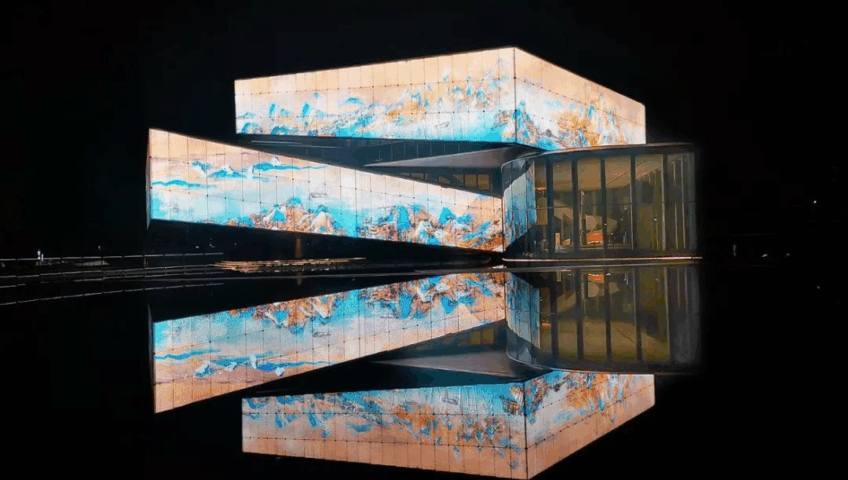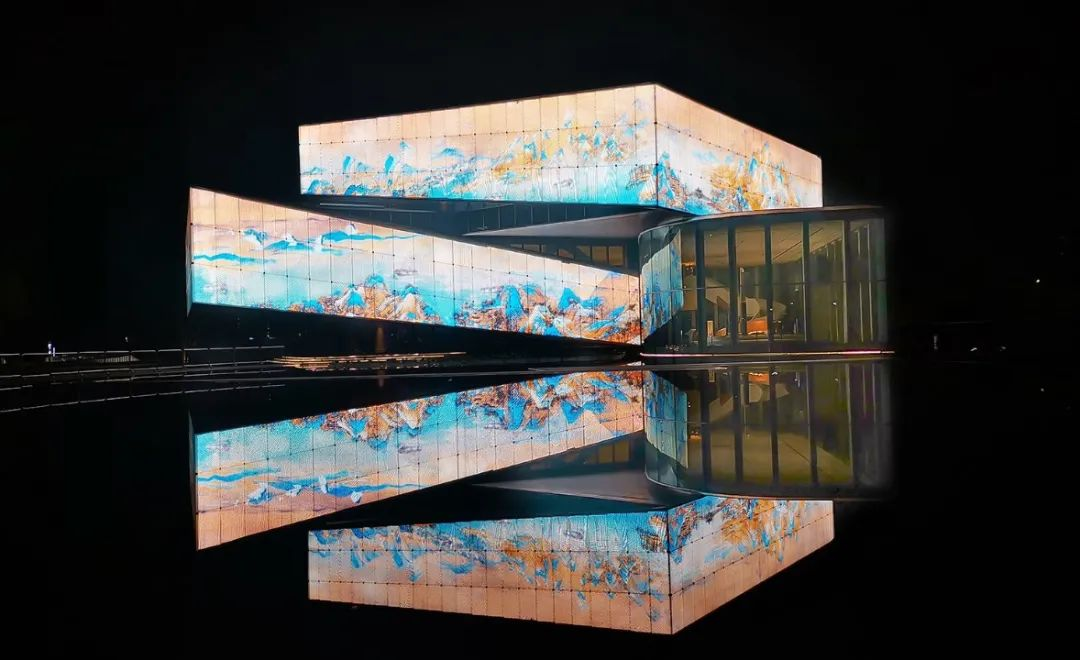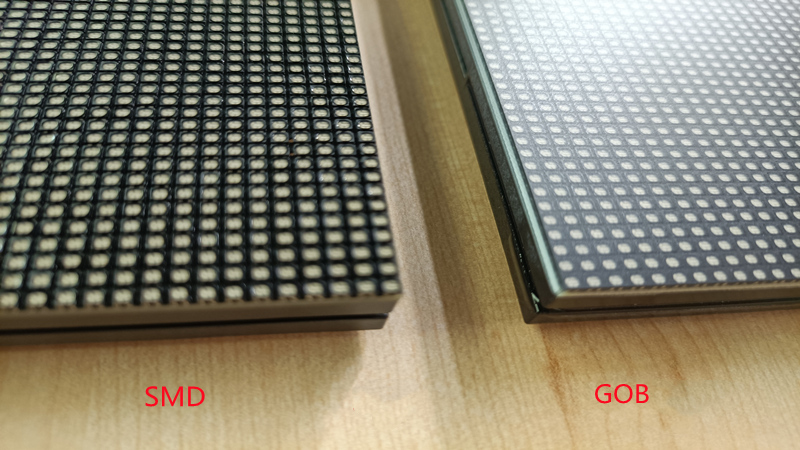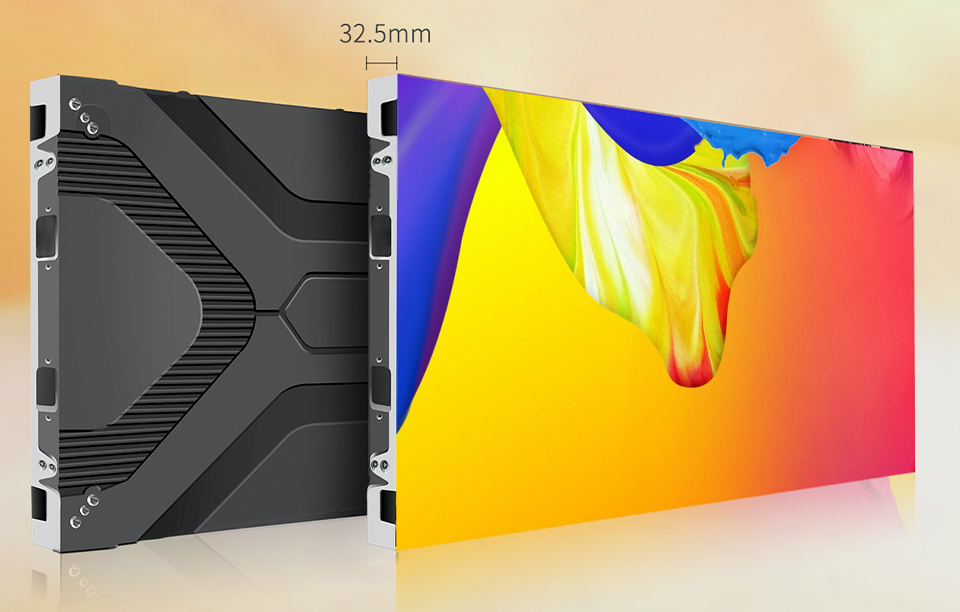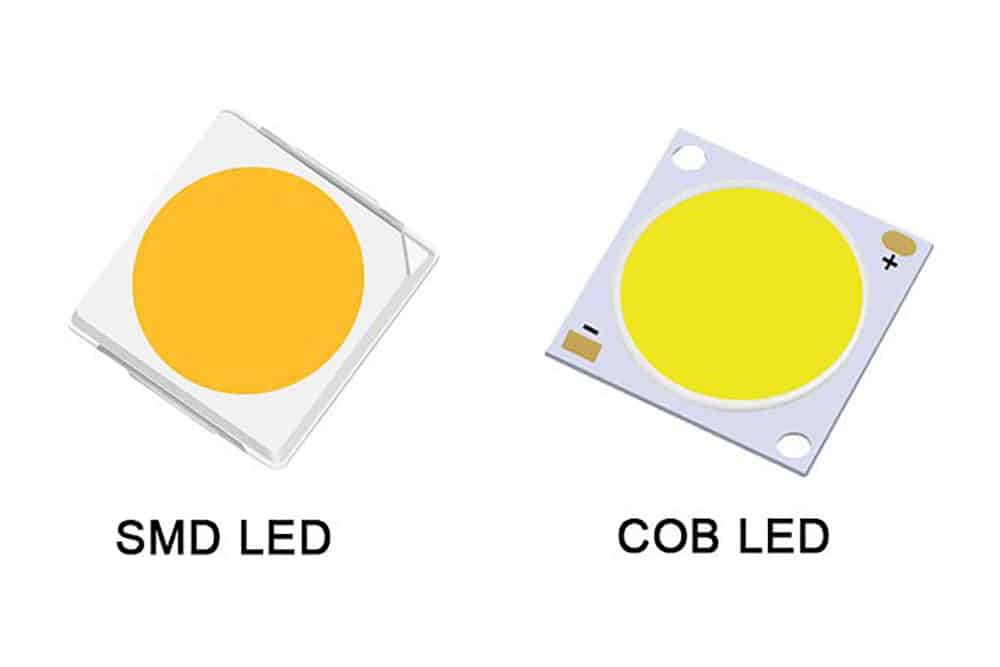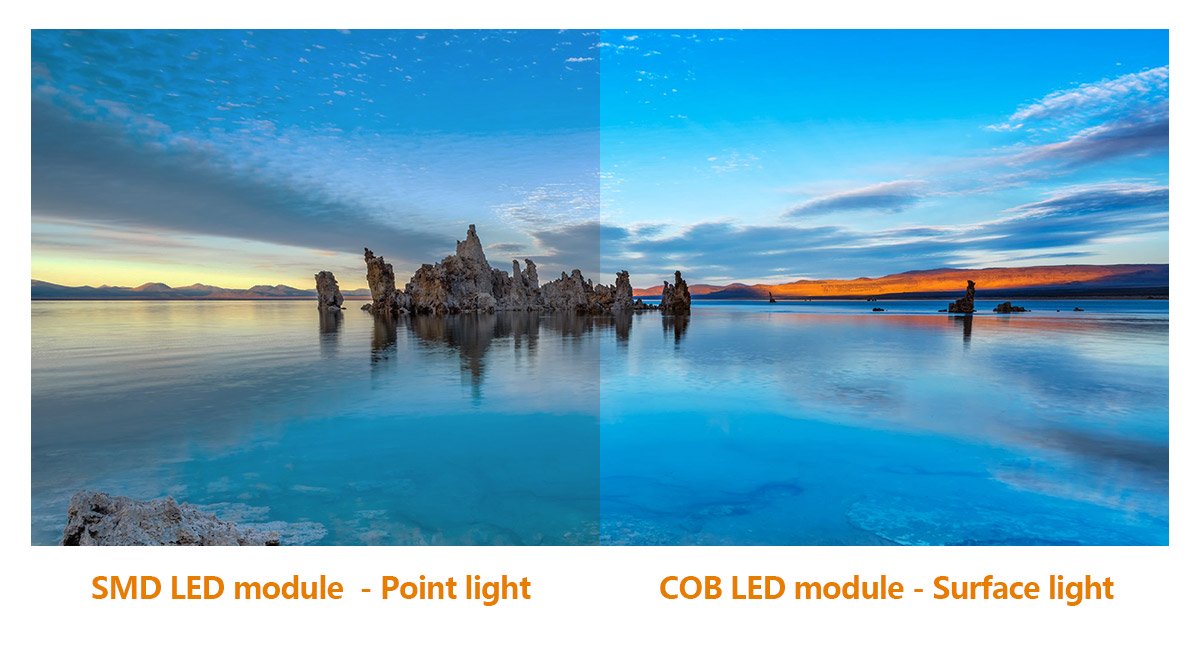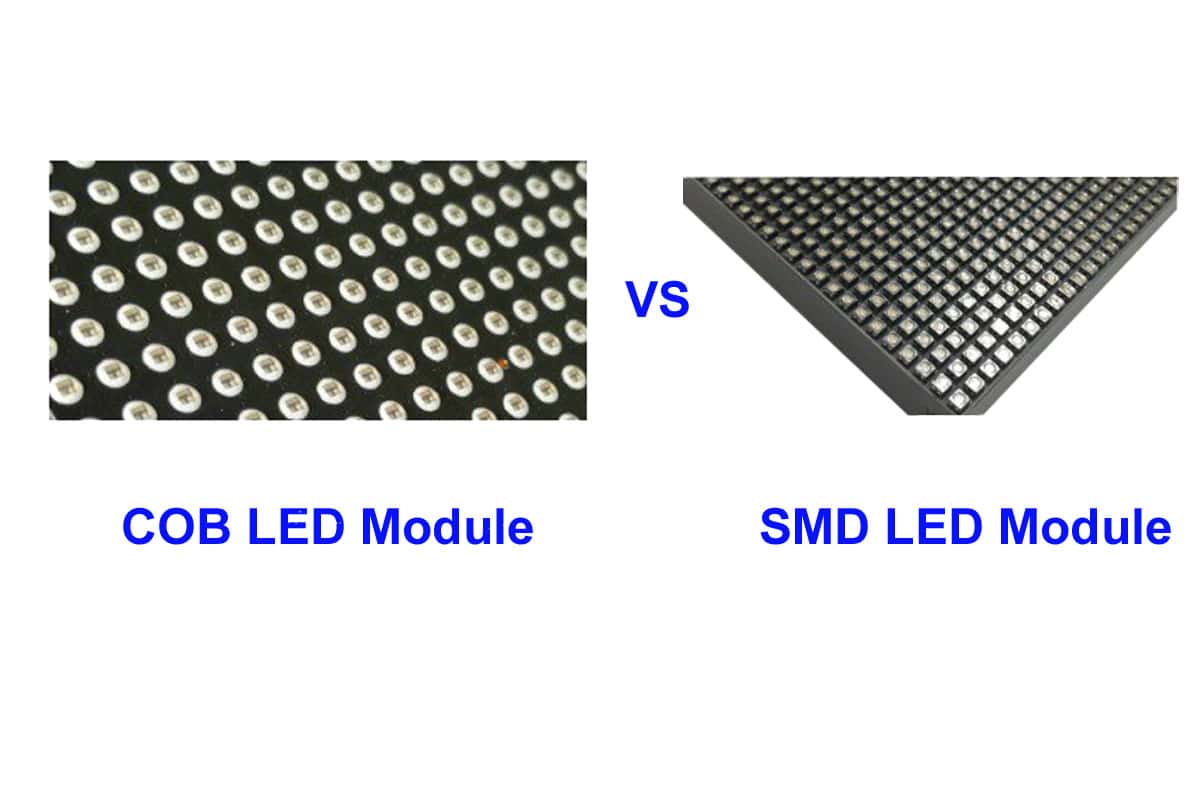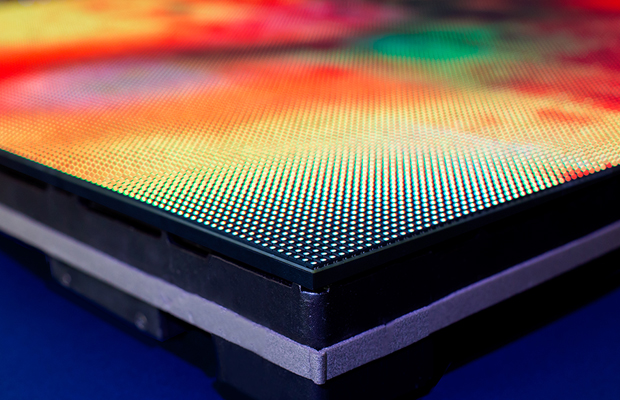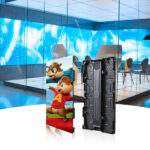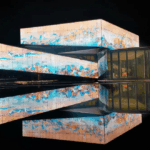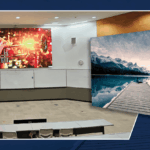LED displays have taken the whole world by storm, popping up everywhere from restaurants to concerts to shopping malls to buildings and more. They are vibrant super bright and ideal for grabbing attention.
But what if you’ve outdoor LED screens and want to use them for outdoor purposes?
It seems like a good idea, right?
Well, just hold on – there’re several important things we need to discuss before you go setting up a huge LED display in indoor settings.

Understanding Outdoor LED Displays
Outdoor LED screens are made like tanks. They can handle dust, extreme heat, and cold, rain without any issue. Outdoor LED displays are made to be seen under the sunlight, making them an ideal choice for stadiums, public areas, billboards, and buildings.
Now, bringing one of these LED displays indoors might look like a major upgrade, but let’s think about it again.
Outdoor LED displays have large pixel sizes, high brightness, and power hungry. Just imagine a strong flashlight pointed at your face all day – yeah, not an ideal experience.
So, while you can use an outdoor display for indoor purposes, here the question is – should you?
Brightness and Viewing Experience
As we start to dive deeper into our topic, let’s note that outdoor LEDs are designed to be as bright as possible – so bright that it seems the sun is intent on illuminating an entire city. The breathtaking brightness of these displays is very advantageous when there is an outdoor competition with the sun, however, when brought indoors, it can become profoundly uncomfortable, at best, feeling like one is glaring straight into a spotlight.
You also probably have noticed that using an outdoor LED screen indoors is a bad idea without first embossing on the display the ability to tone down the blinding lights. Unfortunately, the challenge is that some outdoor screens might be too bright, even on the lowest settings, for an indoors comfortable indoor viewing. The last thing guests or customers should be having is staring at your display to the extent it becomes painful for them and leaves them with glares in their eyesight.

Power Consumption and Energy Efficiency
Do not panic when your electricity bill shoots up without warning. Consider yourself warned after I mention that outdoor LED displays, regardless of your region, are gut monsters on energy consumption. The overwhelming amount of power required to run and sustain the brightness alone makes them outdoor heavyweights. When trying to use one in an indoor setting, be ready to pay a bill that is painful enough to make anyone question their personal decisions in life.
The situation is mostly the opposite when it comes to Indoor LEDs – there very much so tailored to be energy efficient. Allegedly, the amount of brightness needed is drastically lower, equating to lower powered energy demands. Therefore, cheaper… is what makes them the smarter choice for those who do not wish to be out of pocket whilst wanting to create a powerful impression in a room for an indoor display.

Heat Generation and Ventilation
Have you ever noticed how your laptop gets hot after hours of binge-watching shows? Now, imagine that on a larger scale. LED outdoor screens produce a lot of heat. This is not much of a problem when considering outdoor locations. After all, the wilderness does flush out heat. Indoors are an entirely different ordeal, however.
An outdoor LED screen placed in an enclosed setting can easily result in turning the room into an unintentional sauna. Adding extra ventilation or cooling would be necessary, which in turn becomes an extra burden and cost. Unless you want a built-in space heater, this should be given proper thought.
Pixel Pitch and Image Quality
Let’s say you were hoping to impress people with jaw-dropping visuals indoors with your outdoor LED. But wait—Why does the image appear… uh, pixelated? That is because outdoor LEDs tend to have a more pronounced pixel pitch meaning the distance between pixels is greater. This works well when the viewing distance is considerable, but it becomes problematic when seen from closer distances.
On the other hand, indoor LED displays have smaller pixel pitches which results in crisp images and text that do not look like they were taken out of an 8-bit video game. If there is going to be close viewing from the audience, an outdoor LED will not give you the detail.
Size and Installation Challenges
Large LED displays for outdoor use are far from portable. They are bulky and heavy and require a solid frame to be mounted on. Outdoors, this can be a nuisance. Not every wall or ceiling has the capability of supporting the weight of an outdoor LED screen.
Mounting one inside could result in needing additional support, special brackets, and even possible alterations to the building. This involves a lot more work and expense, which takes time and money. If you need an easier solution, an indoor-mounted LED display is going to be much more accommodating to your space (and patience).
Cost Considerations
Now let’s consider costs. Outdoor LED displays are more expensive compared to indoor ones, which have lower durability requirements, less weatherproofing, and lower brightness levels. If an outdoor LED display needs to go indoors, it is fine, but it’s necessary to consider if the display is actually needed or simply wanted.
Aside from the purchase costs of the display, consider the additional expenses – increased power, new cooling systems, and installation complications. Overall, indoor LED displays are more accessible and affordable in the short and long term.
Bottom line…
So, can you use the outdoor LED screen for indoors?
Technically, yes. But should you?
Probably not – unless you’ve a specific reason that justifies the additional expenses, installation challenges, and brightness.
For indoor applications, indoor LED display will provide you with a better and crisp image quality, lower power consumption, and a smooth viewing experience.
However, if you are working with a space flooded with sunlight or need a multi-purpose display that can be utilized both indoors LED displays and outdoors, and outdoor might work for you.
At the end of the day, it is all about selecting the correct tool for the job. And if you ever need expert advice on choosing the right LED screen, as a leading LED display manufacturer, we are happy to help. After all, making the right choice now means, a perfect experience, and who does not want that?
